The Elvis Room is a classroom in the theater department on the ground floor. Constructed in 2000 during the expansion of the Performing Arts wing and the Center of Clayton, it has stood the test of time and use. Theater teacher Mallory Duncan knows the room well.
“It’s hard to find. It’s not really on the map. You say, the Elvis Room, [and] no one knows where to go. It is just a room that’s next to the black box theater. No one knows where we are,” Duncan said. “Whenever a new student comes, they get lost because it’s not on the map. I doubt many students, apart from those in theater, fine arts or performing arts, know that it exists and is here.”
The Search
Research into the history of this classroom provided limited and often contradictory information. The origin of the name “The Elvis Room” remains unclear, even within the theater community. Freshman Sadie Hong is familiar with the Elvis Room thanks to her involvement in performing arts, as the room is currently used for Improv Club, drama classes and theater.
“It’s called the Elvis Room because, for a long time, it didn’t have a room number—I think it’s going to get one pretty soon—but someone just taped a picture of Elvis where the room number should be, and everyone just started calling it the Elvis Room,” Hong said.
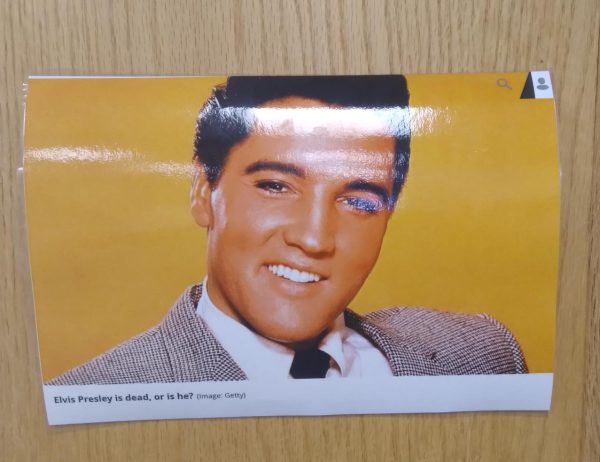
The Elvis Room was initially designed as a multi-use performing arts and music space. Over the years, the use of the room has remained mostly theater-related, with a brief stint as a social studies room. The story Principal Dr. Dan Gutchewsky heard was that the Elvis Room gained its name through a student making a joke.
“I’ve been told that the band director at [the] time when the room was built, his name was Charlie Blackmore, somebody told me that he was a big Elvis fan and that somebody—I have no idea who—put [the photo of Elvis] up there because [they] thought he would appreciate it,” Gutchewsky said. “And so they put a picture of Elvis in the door just to be funny, and then it stuck. I don’t know if that’s true, but that’s what I was told at one point.”
He had also heard the version where a little picture of Elvis had been taped to the door.
“Up until recently, it never had a number outside of it. Someone taped up [a picture] of Elvis, so people just started saying the Elvis room because it had a little picture of Elvis in the bottom of the window,” Gutchewsky said. “Even on the master schedule document in Power Schools, it says Elvis room rather than a room number. Because, even to this day, if you say Room 80, most people don’t know where that is. But a lot of folks do know where the Elvis Room is.”
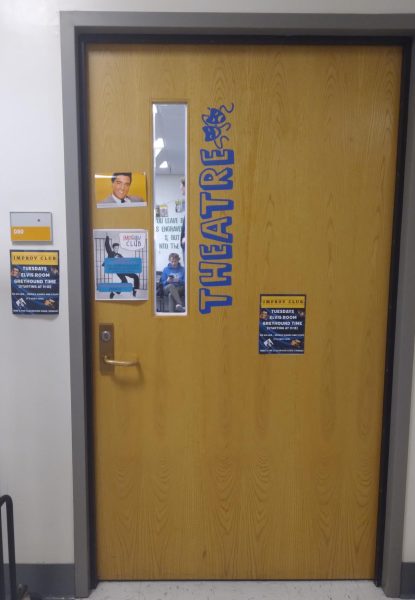
Duncan told a different story.
“The lore is that when this room [and] this wing was being built, one of the construction workers put a big picture of Elvis on the door. At some point, another construction worker said [to him] on the radio, ‘Where are you?’ He goes, ‘I don’t know. I’m in the Elvis room, the one with the big Elvis picture on it,’ and that’s where it came from,” Duncan said. “They left that picture—it was a bigger picture back then, now it’s just a tiny little picture—and that’s how it got its name. How a construction worker got to the students? I don’t know.”
Social studies teacher Dave Aiello told yet another slightly different story. He said that for some time, the Elvis room was used as an additional social studies classroom; when the classes would overflow.
“The teacher at that time, Maggie Sullivan, volunteered to take it even though it was relatively far away from the rest of our classrooms and office. I don’t know the story why, but for some reason, she decided to call it the Elvis room,” Aiello said. “I think it was more because it was already set aside from everything else. She wanted to make it a special name. So she started calling it that, and that’s just how it’s always been since then.”
The Number
With the arrival of Duncan as the Drama teacher, the Elvis room and adjacent areas underwent a formal room number assignment for safety reasons.
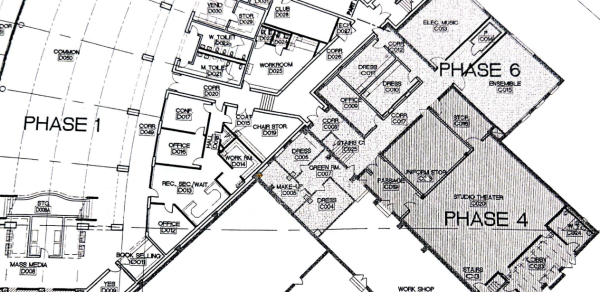
“I brought to Dr. Spiegel’s [and] Ms. Brook’s attention that we need[ed] a number for security purposes, [and] some custodial and maintenance staff came and tried to figure out what the actual room numbers [were]. So the official room number [for the Elvis room] is now 80,” Duncan said.
Despite the room’s new official designation, its history within the theater department continues to influence current practices. For instance, senior-led acting warm-ups, a tradition originating in the room, are still conducted, including the performance of the Spongebob Squarepants theme song.
“That originated here in the Elvis room when I was a student. In my junior year, a senior named Jeremy Savran started that in the Elvis room, and it has lasted 22 years. That song is still sung in warm-ups. That’s lasted even though we didn’t always use this room,” Duncan said.
The True Story
In actuality, after the Elvis room was built in 2000, the first teacher to use it, Dr. Maggie Sullivan, named it the Elvis room. She taught in the Elvis room alongside English teacher Emily Grady in a class called The Collaborative, an American studies course that combined social studies and literature in one class.
“We [Grady and I] were teaching this interdisciplinary course, [and] we were trying to teach our students the beauty of American culture, American identity, [and] the American dream, as [they] played out in American literature and American history. We also wanted to bring in music and art and allow our students to have a rich literature and history course,” Sullivan said.
Sullivan believed that Elvis Presley represented all the various ideas her class was trying to teach.
“I saw Elvis Presley [as a] key figure in the interdisciplinary study of American history and literature. He embodied the themes of race, social mobility, rebellion, [and] the influence of the media and his impact just went beyond music,” Sullivan said.
She believes he shaped a national identity [and] created this cultural discourse [as] his success parallels the civil rights movement.
“Then in literature, his story and rise to fame mirrors [the ideal story of] America—from the working class struggle to southern literature to celebrity worship,” Sullivan said.
She thinks Elvis has this provocative style of performance that [was] defining all those norms of masculinity and sexuality and that he became a symbol of youth rebellion that was rising throughout the 60s.
“Elvis epitomized what we were trying to teach in our course—that through music and media and myth, he served as this lens for understanding race, class rebellion, and the evolution of American culture in the 20th century, which went beyond just a name for a room,” Sullivan said.
Sullivan was also the origin of the original photo of Elvis on the room’s door. It started as a black-and-white postcard of Elvis Presley.
“I just thought Elvis was the perfect interdisciplinary icon [to] bridge literature, history, music, culture [and] the American dream. Never did I think [that] 24 years later it [would] still be there. But I love that,” Sullivan said.



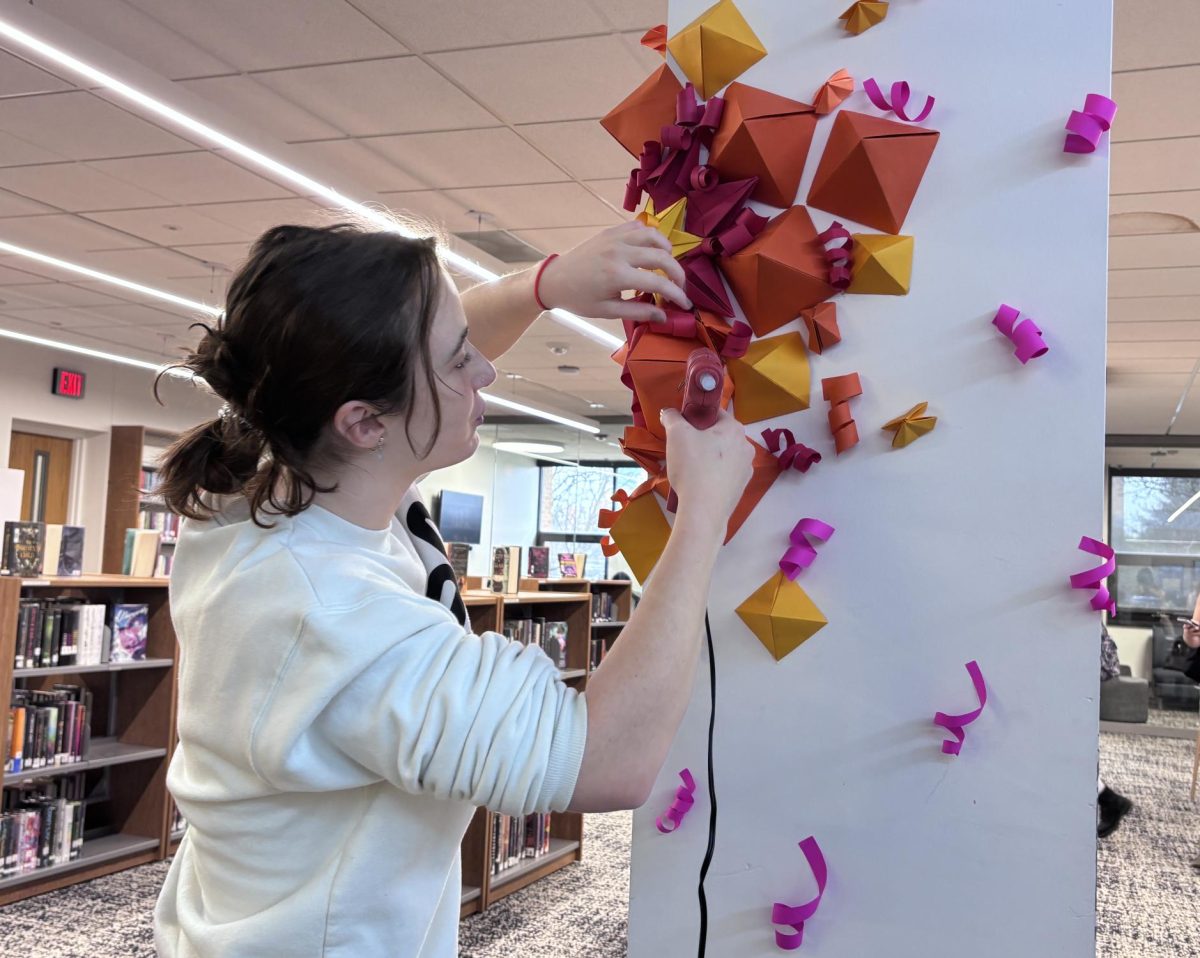
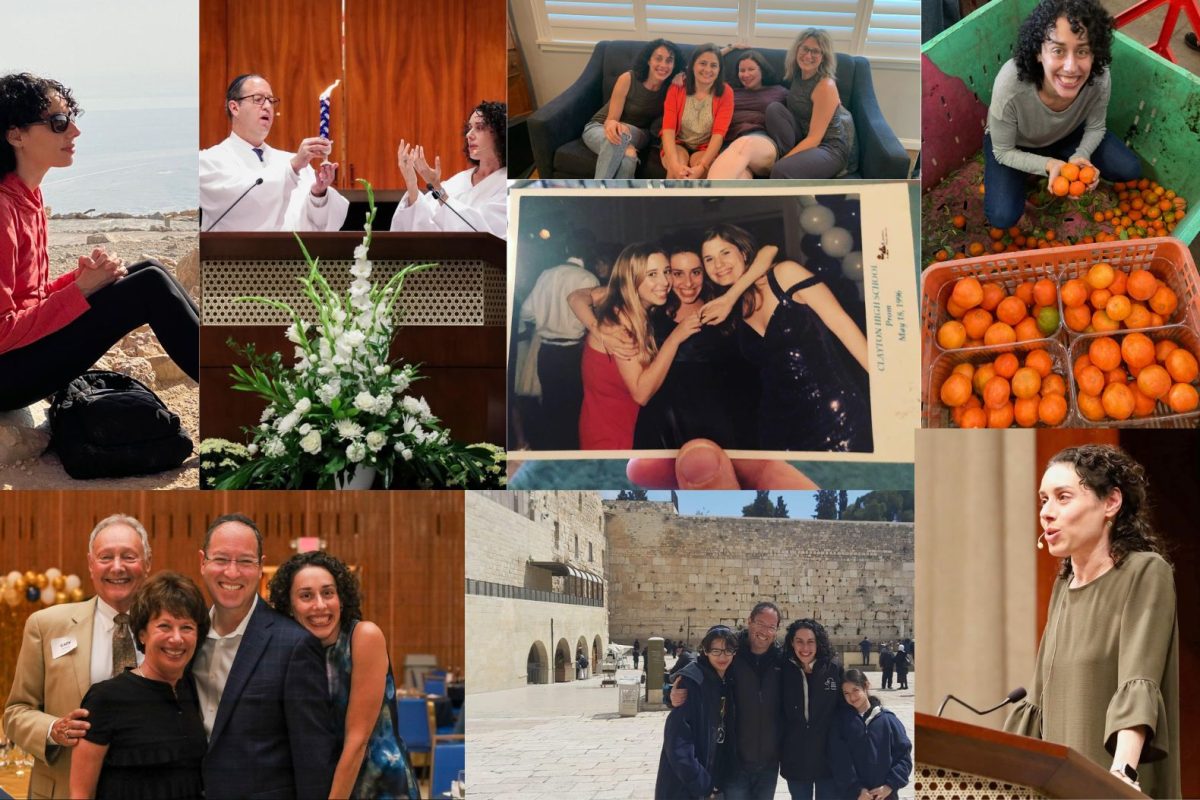
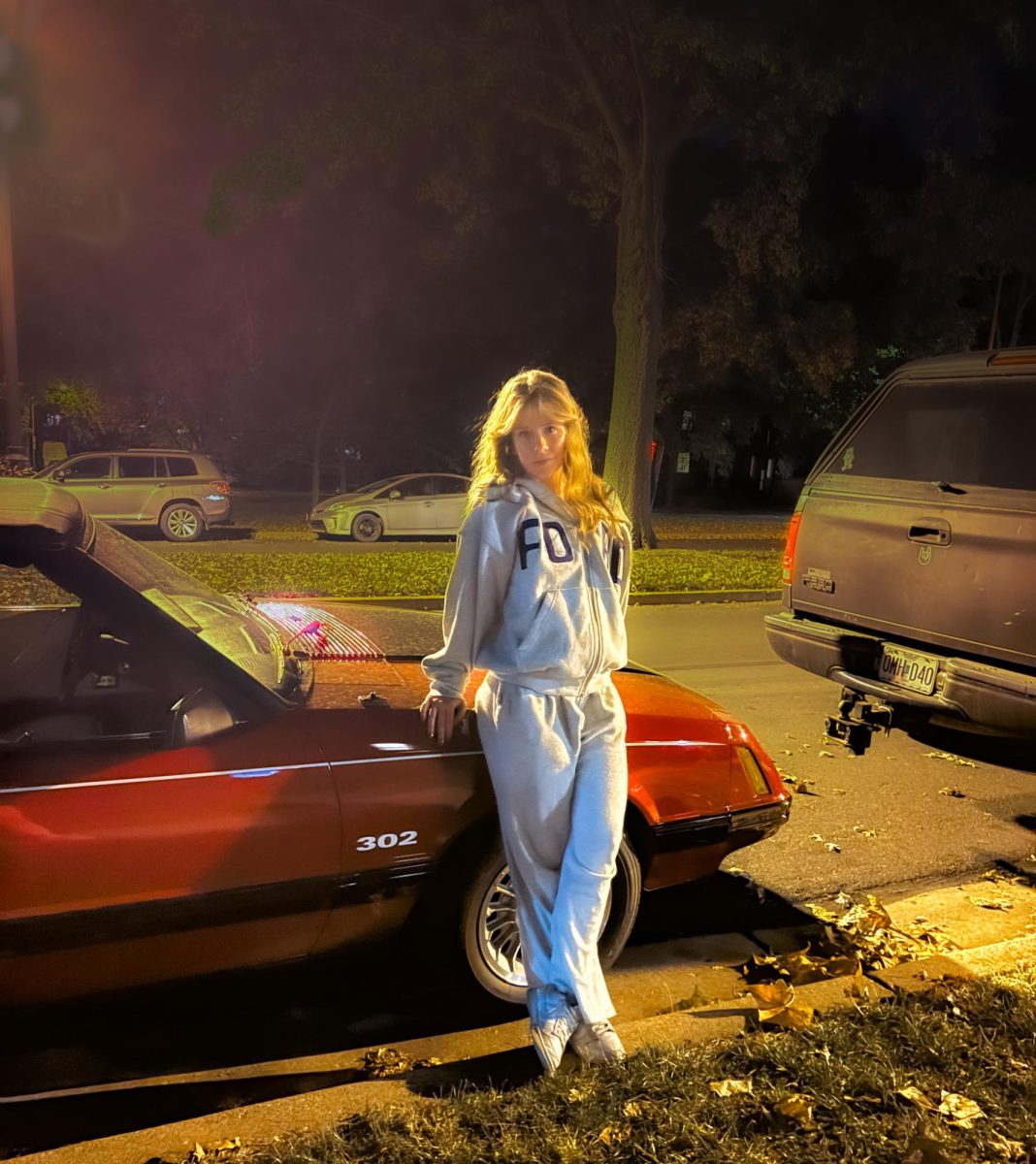
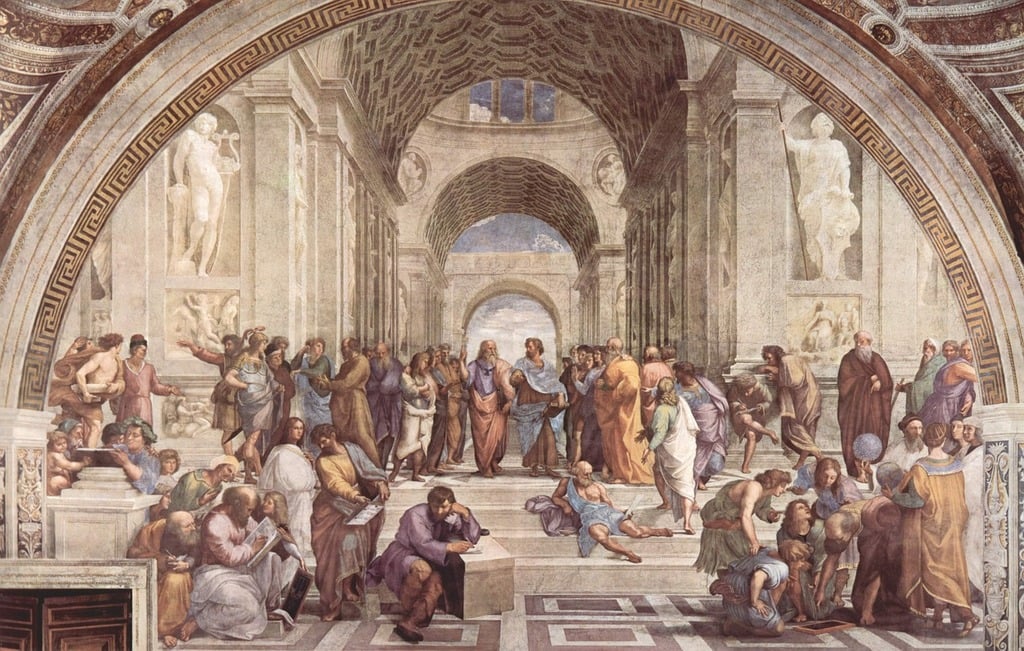
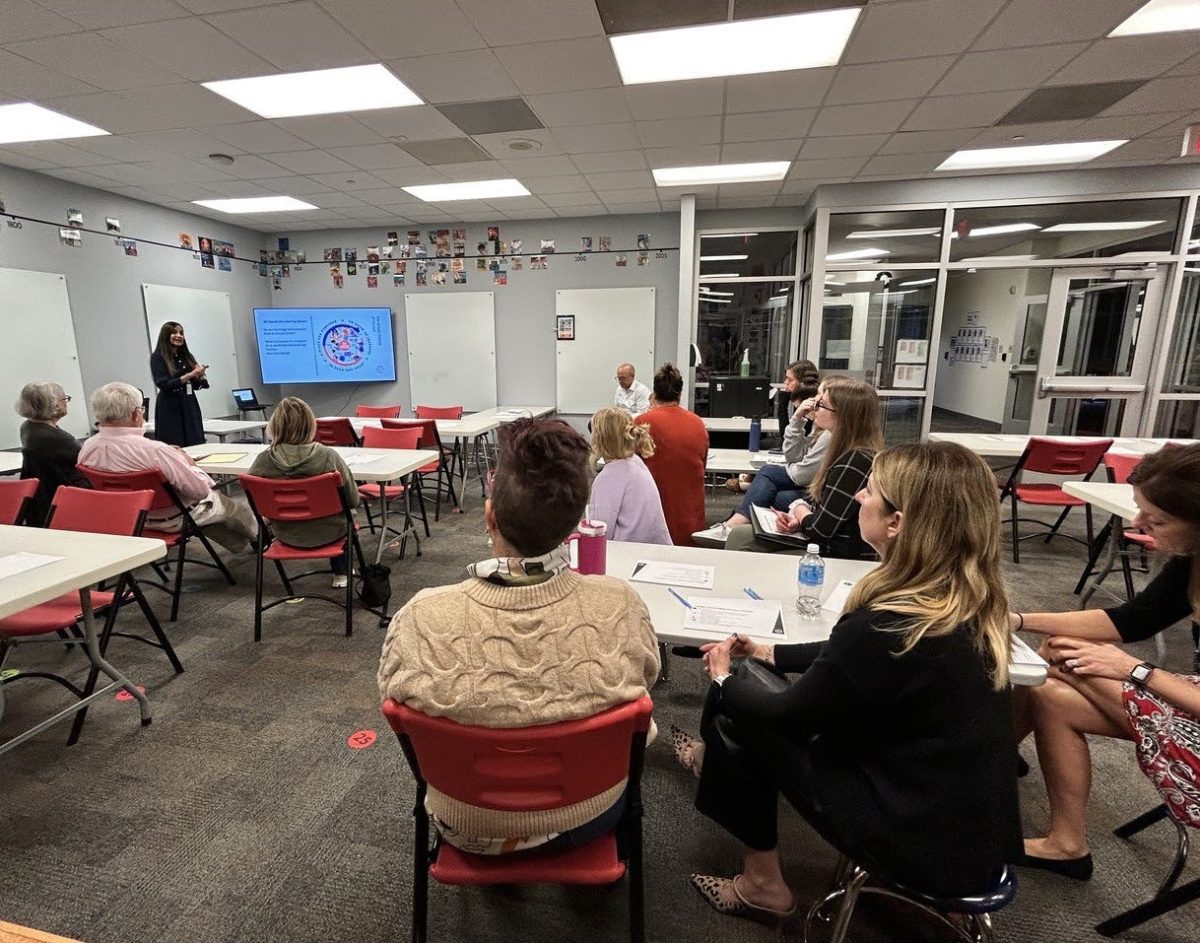
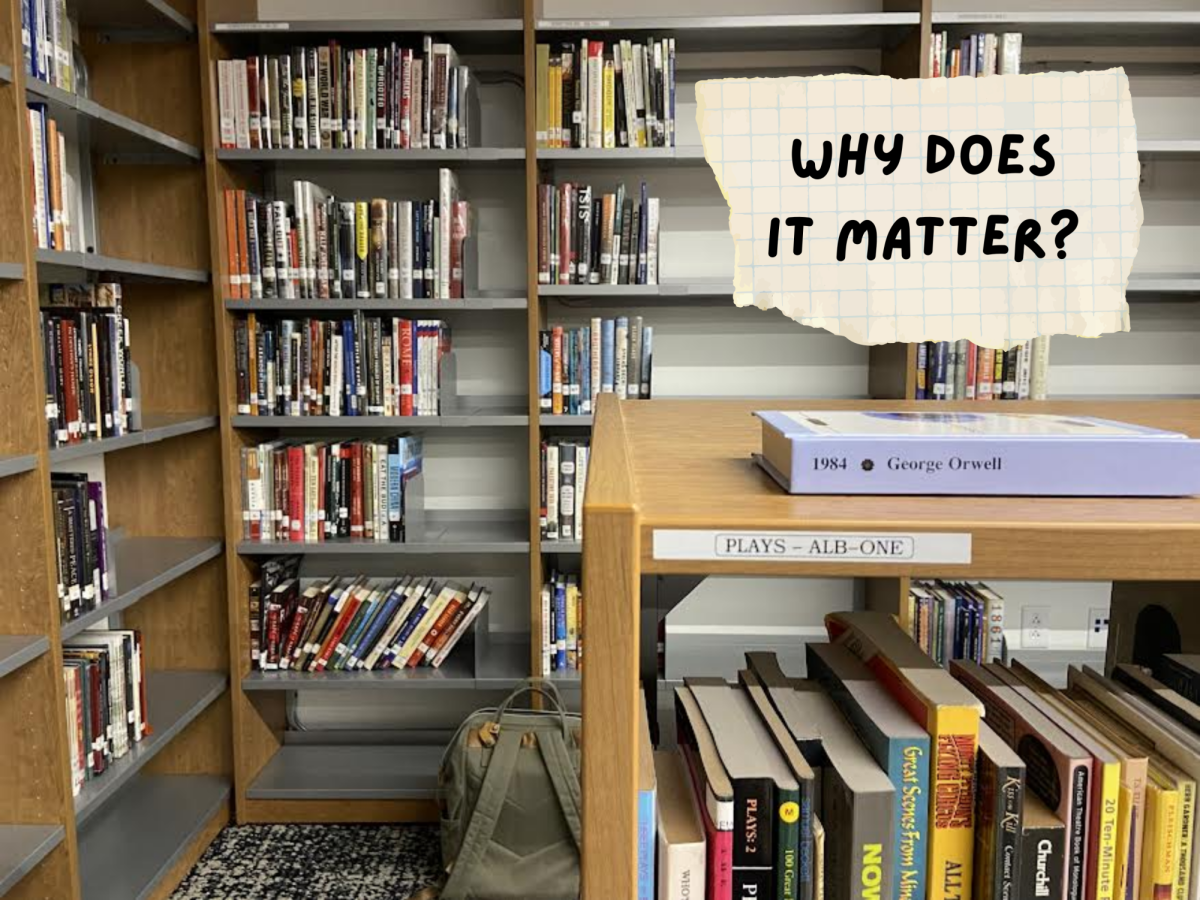

Kristina • Mar 25, 2025 at 1:55 pm
Love this article. It’s clever, well-researched and definitely interesting!
Debra Klevens • Mar 25, 2025 at 2:02 pm
She’s a phenomenal writer! Her natural curiosity makes her a reporter to follow. Thank you for your feedback.